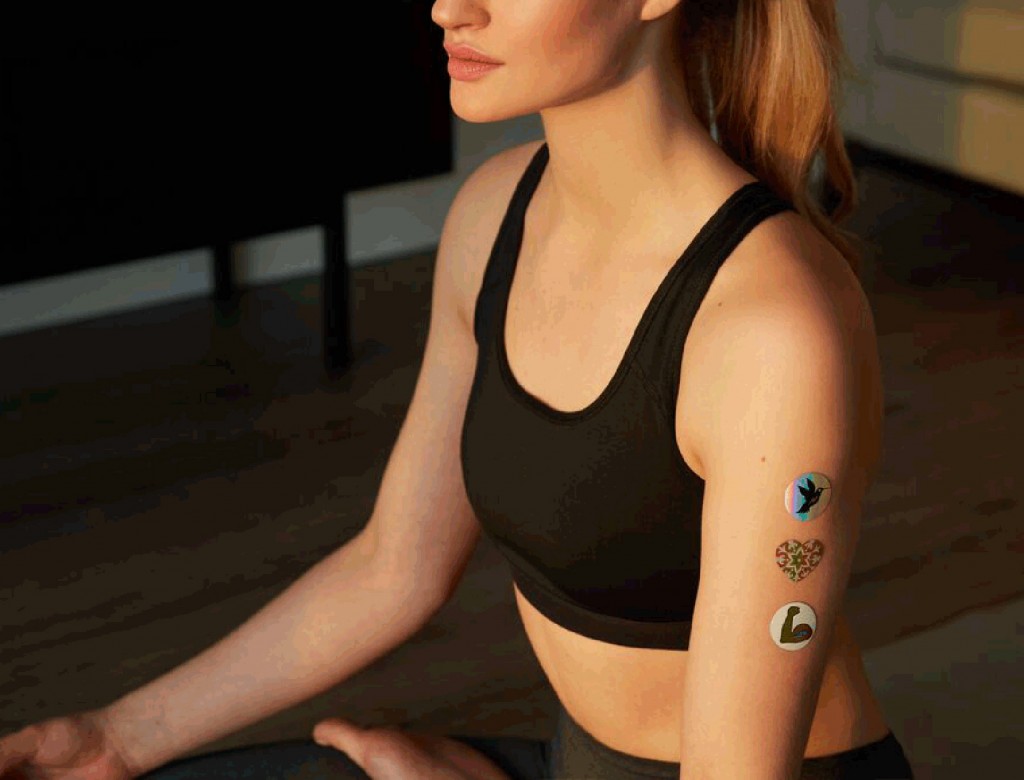In September 2008, Gwyneth Paltrow started sending out a weekly e-mail newsletter. It was going to be full of insight into her life – her recipes, her health advice, her recommendations on where to eat, live, travel. The newsletter, with the help of Paltrow’s celebrity, catapulted into mammoth success.
It became a lifestyle brand in 2011, expanded into e-commerce, collaborated with fashion designers, launched pop-up shops, a print magazine, a fitness summit, and it continues to thrive.
In March this year, it raised a Series C financing of $50 million led by Felix Capital, Lightspeed Venture Partners.
But to list Goop’s achievements is to merely scratch the surface. The startup has been embroiled in gigantic controversies. Regardless of whether the LA-based startup (founded in London) and its founder have been subjected to unconservative appraise or criticism, neither has left the public eye.

Gwyneth Paltrow for Goop (PC: Goop’s Facebook page)
A Brand Everyone Loves To Hate
In 2009, a little after Paltrow’s newsletter became popular, she started receiving flak for her diet tips and suspicious health advice propagated through it. While praising natural Eastern medicine in one of her early newsletters she wrote, “I had read somewhere that in Asia, the concept of going to the doctor when you were already sick was akin to digging a well when you were already thirsty.” The sweeping generalization give an idea of why she would be ridiculed but really, Paltrow was being lampooned for curating a lifestyle that only the rich could follow. However, in the subsequent years, Paltrow fully transformed into a self-claimed health and wellness guru.

Goop products (PC: Goop)
Once the company was incorporated in 2011, former RED top-boss, Sebastian Bishop was hired as the CEO. In 2012, Goop launched an online shop selling makeup and accessories and brought in $1.5 million in revenue. By 2014, the Goop newsletter had an estimated 700,000 subscribers and former CEO of Martha Stewart Living Omnimedia Lisa Gersh was made the CEO. By 2015, Paltrow and her husband Chris Martin had separated and she moved Goop from the U.K to LA. This is really when Goop went full crazy. While Paltrow had imparted numerous controversial advice since inception, Goop began to recommend and sell properly preposterous things now.
In 2015, Paltrow suggested vaginal steaming where, she said, “you sit on what is essentially a mini-throne, and a combination of infrared and mugwort steam cleanses your uterus, et al”. In the same year, Goop published a blog where an author Habib Sadeghi claimed that breast cancer might be linked to wearing underwire bras. Both the claims were swiftly criticized by the medical community. But the empire continued to rise. According to Adweek, Goop doubled its revenues from 2014 to 2015.
But as sure-footed as Paltrow has been in the expansion of her empire, the mythbusters have also tried to catch on. For example, in 2015 Tim Caulfield published his book Is Gwyneth Paltrow Wrong About Everything? about the celebrity-culture and its dangers.
However, even when Goop has faced a mini setback, it has gained. In 2016, Goop’s e-commerce was selling a “Morning Smoothie” whose recipe ingredients claimed that is made with enlightening herbs like astragalus and ginkgo, “used for centuries by great thinkers and meditators”. Following an inquiry from the National Advertising Division (NAD), Goop said it will voluntarily and permanently discontinue the claims. In the same year, Goop received $15 million in Series B funding from venture capital firms NEA, Felix Capital and 14W Venture Partner. Goop had raised a Series A $10 million funding in August 2015.
Quirks Of The Rich And Famous

Goop’s Jade Egg (PC: Goop)
Since 2016, Goop’s products such as a vaginal jade egg that are “used by women to increase sexual energy, health, and pleasure” or its infamous Body Vibes, wearable stickers that “re-balance the energy frequency in our bodies” – have induced a lot of laughter. In fact, Goop courageously claimed that its stickers use “NASA space suit material” to “rebalance the energy frequency in our bodies” and treat anxiety and pain. When Gizmodo asked a NASA’s Mark Shelhamer, former chief scientist at NASA’s human research division about this, he said, ‘Wow, what a load of BS this is.’
The stickers might cost you a bomb (the cheapest is a pack of 5 for $30) but are relatively harmless in front of Goop’s next promotion: a coffee enema which the scientific community has unanimously discredited and claimed that it has potential dangerous results ranging from infection to death.

The Goop wearable stickers (PC:Goop)
Despite its dubious medical advice history, Goop entered the vitamin and supplement market in 2017. It isn’t surprising anymore that its supplements range sold over $100,000 worth of product on the launch day. Neither is the fact that its current valuation according to Crunchbase is $75 million.
While media has ridiculed Goop’s out-of-touch recommendations and the fact that it is such a celebrity club, Goop, all this while, has been smartly keeping its community happy. In fact, a majority of its users are people over $100,000 annual income.
Despite the onslaught, Goop has grown from strength to strength. In a response to a doctor’s criticism of its jade egg, Goop responded by asking people to keep an “open mind” and “open heart”.
Goop is right. It is catering to a different kind of an audience, that’s where it claims to have found its “primary place”. In its own words, it gives its platform to “physicians who are interested in both Western and Eastern modalities” and it wants to “address women who are tired of feeling less-than-great, who are looking for solutions—these women are not hypochondriacs, and they should not be dismissed or marginalized”.
Whether or not Goop provides reliable alternate views, it has definitely never dismissed these potential seekers, and by doing that, it has emerged as that celebrity-owned brand which others want to imitate.
Subscribe to our newsletter



